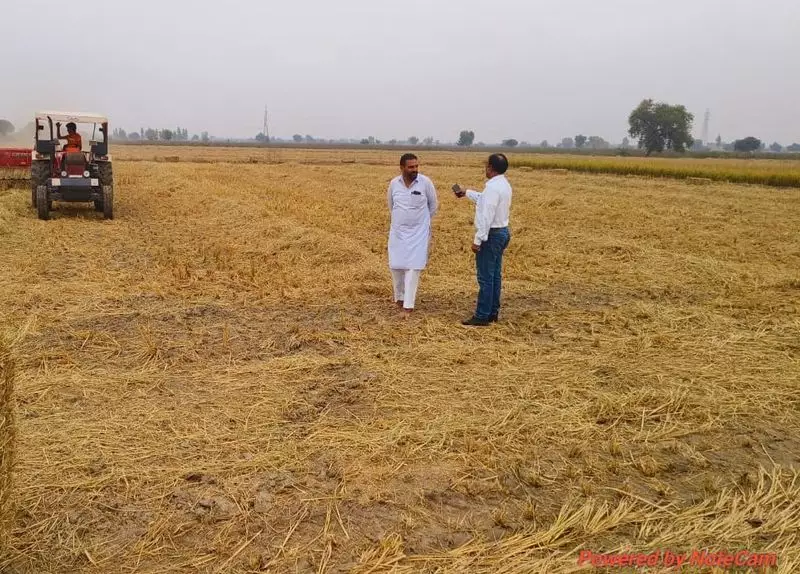
In a decisive move to tackle the annual air pollution crisis, the Haryana government has mobilized specialized teams across rural areas to prevent stubble burning during the ongoing paddy harvesting season. The initiative comes as part of the state's comprehensive strategy to improve air quality and protect public health.
Ground-Level Action Intensifies
Multiple teams comprising officials from various departments are conducting extensive village-to-village inspections throughout Haryana. These squads are actively monitoring agricultural fields and engaging with farmers to discourage the practice of burning crop residue.
The operation focuses on several key aspects:
- Regular surveillance of agricultural areas to detect and prevent stubble burning incidents
- Direct interaction with farming communities to promote alternative solutions
- Demonstration of sustainable crop residue management techniques
- Distribution of information about government subsidies for eco-friendly equipment
Farmer Awareness and Alternative Solutions
The campaign emphasizes educating farmers about the environmental and health hazards of stubble burning while promoting practical alternatives. Government representatives are highlighting the benefits of using crop residue in various ways:
- Utilizing straw as fodder for cattle
- Incorporating residue into the soil to enhance fertility
- Using specialized machinery like happy seeders and super straw management systems
- Exploring commercial uses for agricultural waste
Broader Environmental Impact
This proactive approach by Haryana authorities addresses a critical environmental concern that affects not just the state but the entire northern region of India. Stubble burning significantly contributes to the deteriorating air quality in Delhi-NCR during winter months, creating severe health risks for millions of residents.
The timing of this intensive drive coincides with the peak harvesting period, when the temptation to clear fields quickly through burning is highest among farmers preparing for the next cropping cycle.
This year's campaign appears more organized and widespread compared to previous years, reflecting the government's increased commitment to finding sustainable solutions to the persistent problem of agricultural pollution.





